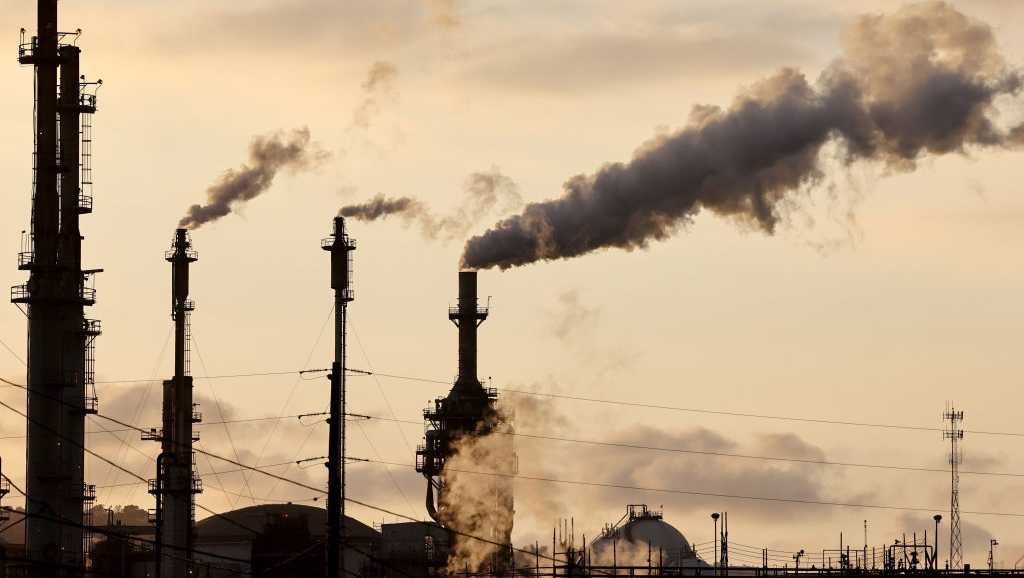
In a major shift for California's fuel industry, Phillips 66 announced plans to close its Los Angeles refinery complex by the end of 2025. This decision will end over a century of gasoline production at the twin facilities in Wilmington and Carson, which currently supply about 8% of California's gasoline.
The closure reflects broader changes in the energy landscape, including the transition to electric vehicles, demands for cleaner air, and evolving market dynamics. Phillips 66 CEO Mark Lashier cited "uncertainty from market dynamics" as a key factor in the decision.
The refinery complex, capable of producing up to 85,000 barrels per day of gasoline and 65,000 barrels per day of distillates, has been a significant player in California's fuel supply. Its closure will leave the state with eight major refineries and several smaller ones.
Despite the shutdown, Phillips 66 plans to maintain its presence in the California market. The company stated it will replace the refinery's output with sources from both inside and outside its refining network, including renewable diesel and sustainable aviation fuels from its San Francisco Bay Area facility.
The closure will impact approximately 600 employees and 300 contractors currently operating the refinery. Phillips 66 has committed to supporting these workers through the transition.
Looking ahead, the company is exploring potential redevelopment options for the 650-acre site. Phillips 66 has engaged real estate firms to evaluate commercial development possibilities that could support the regional economy.
This move by Phillips 66 comes amid a changing regulatory landscape in California. Recently, Governor Gavin Newsom signed legislation requiring refineries to maintain minimum stockpiles, a measure aimed at preventing price spikes but criticized by the industry as potentially increasing costs.
The closure of the Los Angeles refinery marks a significant moment in California's energy transition, reflecting broader shifts towards cleaner energy sources and changing market conditions in the state's fuel industry.